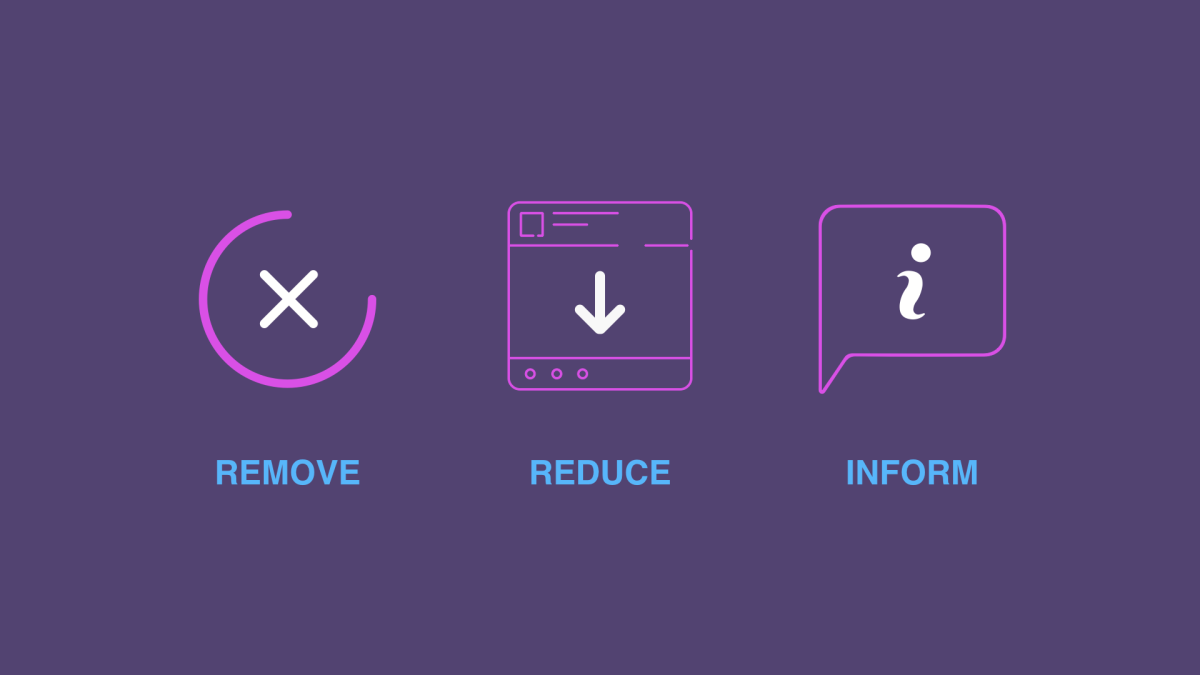Our goal through the next articles will be to evolve our definition of a clumsy interaction in order to build one as complete as possible.
The controller
Recently I bought a new controller, very classic and battery operated. Here’s what happened to me when I decided to put batteries in. Locating the battery compartment was simple but opening it was more complicated. I first tried to open it by pressing the little button on top, it was my first instinctive action and it didn’t work. I tried again, 2, 3 times, and decided to read the instructions to see if I was using the right technique. The good point is that the instructions told me that what I was doing was what I was supposed to do, the bad point is that I didn’t know why it didn’t work. After several more attempts, I realized that I had to press the button while moving the compartment. This action could be instinctive but the pressure to be put on the button being quite important I didn’t dare to do it because of the risk of breaking the lever. This was my new clumsy interaction of the week.

Initially, I had analyzed this operation in the following way: “I decided to use an object, by interacting with it I make a mistake or can’t get what I want, that’s where the awkward interaction is born”. This was my starting point, when there is a problem in our interaction it becomes awkward, yet after reading the book The Design of Everyday Things by Don Norman I realize that this is not correct. The awkwardness in the use of the object comes from its creation but I only recognized it as such when I realized that there was a problem.
So to understand clumsy interactions, it is first necessary to understand their origin and to do this we must go back to the creation of the object or even the birth of the idea.
Origin of the object
To understand the origin of the objects, I researched who were the creators of the objects of our everyday life. Were they engineers, researchers, designers, salesmen, or just everyone who had an idea?
Following my investigations, I would say that the objects of our everyday life have been largely thought of by specialists; by this, I mean engineers, researchers, and designers.
It is important to know that it is mostly specialists who design everyday objects because this explains the origin of certain awkward interactions. Indeed, when an engineer, an expert, creates an object, he uses his experience and technical knowledge of this type of object to design it. His approach is strongly influenced by his way of thinking and is therefore mainly aimed at people who think like him. As Don Norman says, “Engineers are formatted to think logically. As a result, they come to imagine that all people think the same way and they design their machine based on that idea”. Therefore a casual user, who is not trained as an engineer, may have difficulty using the object, and that’s where the awkwardness comes in.
In the next article, we will go deeper into the errors in object design that cause clumsy interaction.
At the extreme, this conception mode, which excludes the user experience, may explain the lack of usefulness or meaning of some objects. So during my research, I discovered an article called “35 inventions that will change everything”, it’s an old article from 2010. In this article, the author evaluates the different inventions he exposes according to two criteria: the probability that these objects will end up existing and their usefulness. This second criterion says a lot, let’s keep in mind that an object must meet a need.
Recognize clumsy interactions
Now that we have been able to establish a first cause for the appearance of awkward interactions. How can we identify, as users, the awkward interactions of our daily life?
Don Norman in his book addresses 2 key notions: discoverability and understanding. These 2 notions are part of our interactive experiences. Discoverability occurs when we are facing an object for the first time, we quickly analyze it in order to know how to use it and what are our possible actions. With this first notion, it is easier to spot the awkwardness because we do not know the object and we will therefore notice quite quickly the problems we have to use it. Let’s observe ourselves:
- Do we need to publish a manual?
- Do we need to analyze its signage?
- Do we instinctively know what not to touch?
- Finally, if it is a new model of an object we already have, does it have the same codes as the previous ones?
Let’s now take an object we have already been around for a long time: How can we know if it is clumsy? Our study of the object must be more thorough, and we must try to understand why we use it like this, and moreover, if we have the right use for it, even the same use as our neighbor. In the same way, do we know all the uses? Let’s take the concrete example of the washing machine: very few people know all its functionalities and each one uses only the ones they need. Here the question is even to know if the sum of our partial uses is equal to total use. So many questions that will generate so many different answers depending on the users.


Conclusion
Conceptor, therefore, bear a major responsibility for creating awkward interactions, of which we users can be the victims. If we wish we can recognize very quickly a clumsy interaction thanks to the discoverability we can apply to objects we have been using for a long time.
Definition, in progress
- A clumsy interaction doesn’t happen at the moment we use the object, it was there before and can come from the designer and his personal vision of the use of the object.
Now that we have established our first draft definition, with the designer’s role as a starting point, one may wonder about the importance of design in awkward interactions.
Source :
Book: The Design of Everyday Things, Don Norman, 2020
Article: 35 inventions that will change everything, L’actualité, 2010
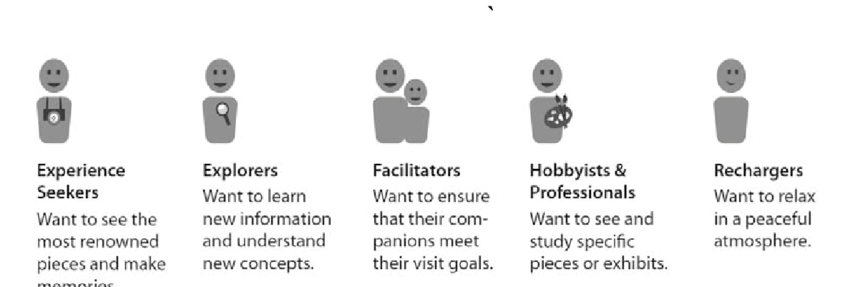






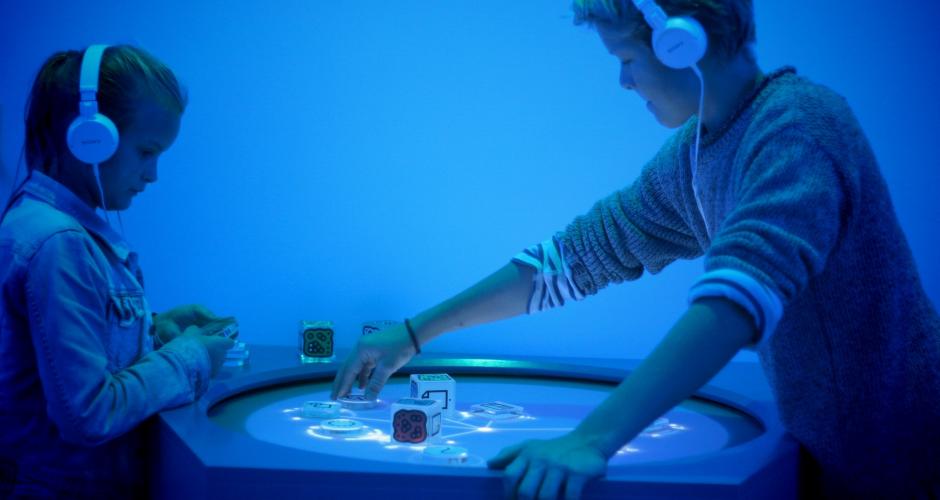



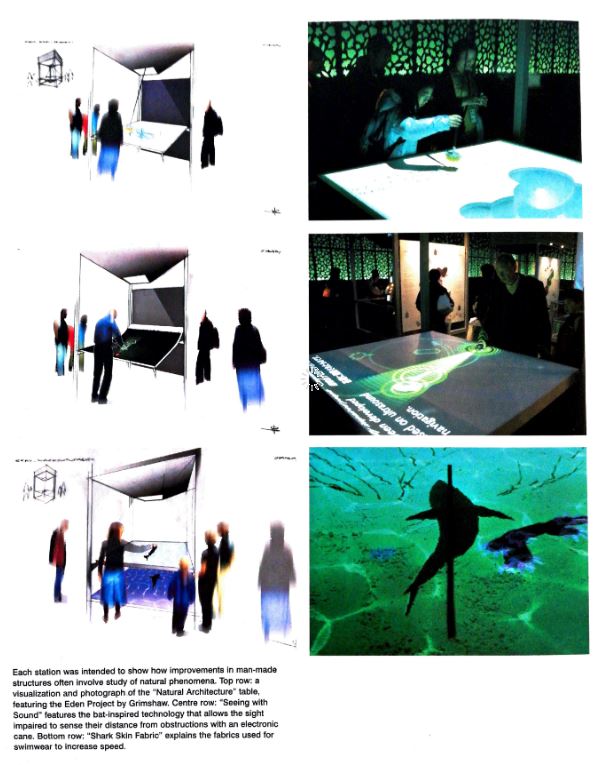
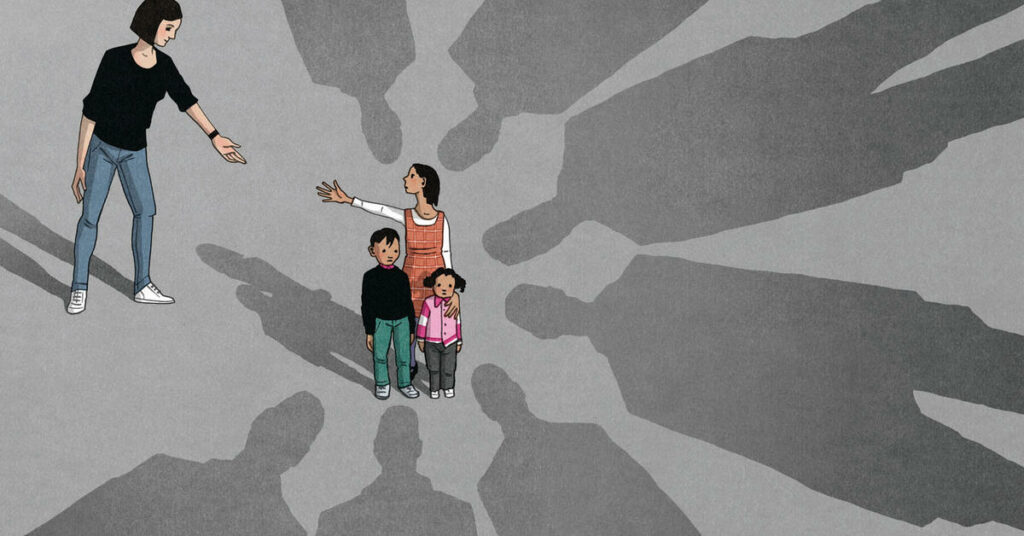















/cdn.vox-cdn.com/uploads/chorus_image/image/65517488/04_misinfo_02.0.png)



